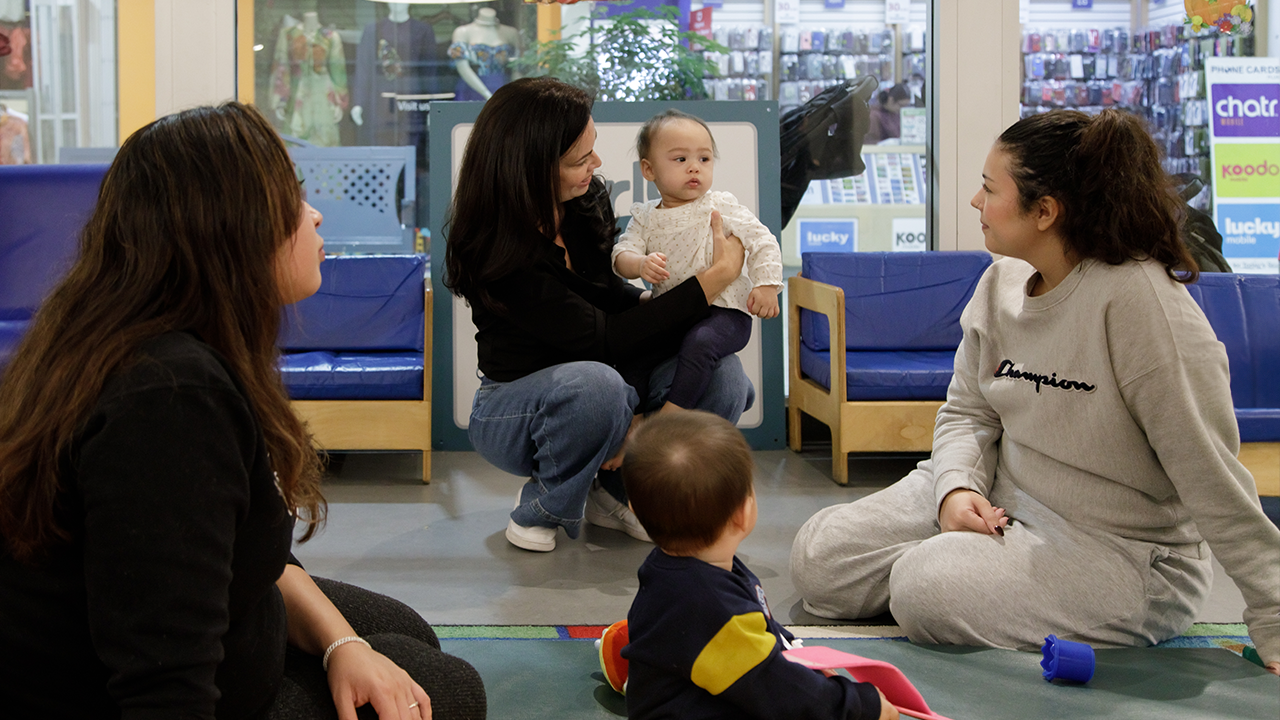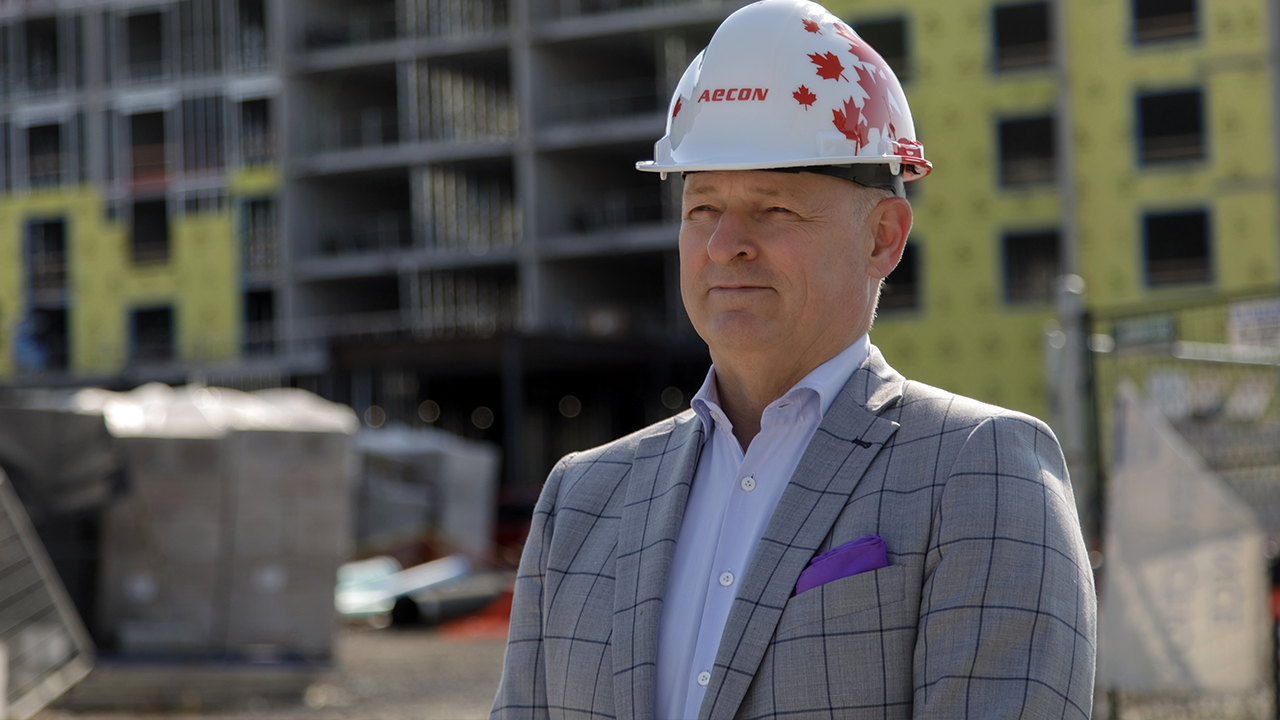

Photos by Daria Perevezentsev
With an integrated approach that brings together residents, private sector and the city, United Way is working to ensure economic growth across Peel, Toronto and York
Living in a large urban centre like the city of Toronto, making a change that creates a difference can seem unfeasible.
But working on the ground to help both individuals and communities get on the right path is the life-changing impact United Way Greater Toronto (UWGT) is having on neighbourhoods across the Peel, Toronto and York regions.
For one, there is the FOCUS Situation Tables program — a partnership between United Way, City of Toronto and Toronto Police Services (there are similar programs in the regions of York and Peel) — that centres on individuals.
The program’s premise? It’s an early intervention system to help someone on a one-on-one basis. The three partners identify someone who is at risk for interaction with the police, and, working alongside this individual, they’re referred to relevant agency partners for support (for example, a local counsellor at a family resource centre and a parent/student support worker at school).
Then the agencies and police services are engaged to monitor and provide ongoing support to help them get back on track.
Broadening the scale from an individual level, other United Way-supported programs, such as “cluster tables” — as they’re colloquially referred to — support neighbourhood communities.
Fifteen cluster tables — think of them as the result of a rally call to partnership agencies to mobilize together quickly to best meet the needs of the community — exist across Toronto. They were originally developed during the COVID-19 pandemic, but now continue to this day.
These cluster tables have proven to be especially effective at leveraging not-for-profit agencies and government by bringing all partners to the table so they can quickly provide more impactful solutions for a community.
Although programs such as these highlight the ability of United Way agencies to provide immediate solutions, from finding someone a place to stay for the night to helping somebody get groceries to feed their children, their work extends to systemic issues, which can sometimes be harder for donors to wrap their head around.
“United Way is able to have an eye on both. They work with partners to do more work than providing band-aid solutions, by reducing systemic barriers of inequity and inequality,” said Michelle Dagnino, executive director of the Jane/Finch Centre.

The newly introduced Community Action Grant in the amount of $1 million, UWGT is currently reviewing resident and local group applications for how to spend that funding. Developed so it includes resident involvement, the action grant program is designed to support initiatives that improve neighbourhoods in the most effective way. Jane/Finch Centre will support successful local resident initiatives.
“We’re asking the community, ‘How can this money be best spent?’ and then, we’re providing support to these residents and these grassroots organizations to implement their idea,” said Dagnino. With the funding provided through United Way, the Jane/Finch Centre then acts as a trustee or mentor for these groups, she said.
This collaborative, multipronged approach to reducing barriers and working on the frontlines of neighbourhoods extends to partnering with the private sector, including corporations such as the construction company Aecon.
Aecon and the Centre for Inclusive Economic Opportunity, Golden Mile (CIEO), a not-for-profit organization founded by 10 United Way-funded community organizations, have partnered on a construction joint venture, called Aecon-Golden Mile (A-GM).
A-GM works to support the neighbourhood in several ways: it’s community-owned (51 per cent), prioritizes local hiring, provides career advancement opportunities and increases economic opportunities in the neighbourhood while also reinvesting back into the community.

“It’s not a single, one-off project but a continuing opportunity, built off of other joint venture projects Aecon has done in other contexts,” said Tim Murphy, executive vice-president and chief strategic affairs officer at Aecon.
While the initial idea was to focus on providing jobs in residential construction development in the Golden Mile area, with the market softening, A-GM has pivoted to exploring other opportunities for these residents. Now trained skilled labour, these includes working opportunities in hydrovac and transit-oriented development. It’s also since broadened the scope to within a one-hour radius of the Golden Mile district, providing transportation to this labour force to get to and from job sites.
“It reflects the values of Aecon. Our strategic plan is to build things that matter and help communities thrive. It’s built into the fibre of the company–to create opportunities that give back,” said Murphy.
Through A-GM, with 38 residents of the Golden Mile now part of the trained, skilled labour force (two-thirds of whom come the BIPOC community, and a significant number are newcomers to Canada), this is a real change to their lives, said Murphy.
But rather than it being an individualized effort, he said, this initiative builds a community feedback loop, with profits generated from A-GM fed back into the community to create more services for residents. Ultimately, said Murphy, the goal is to create a path for success for people in the community.